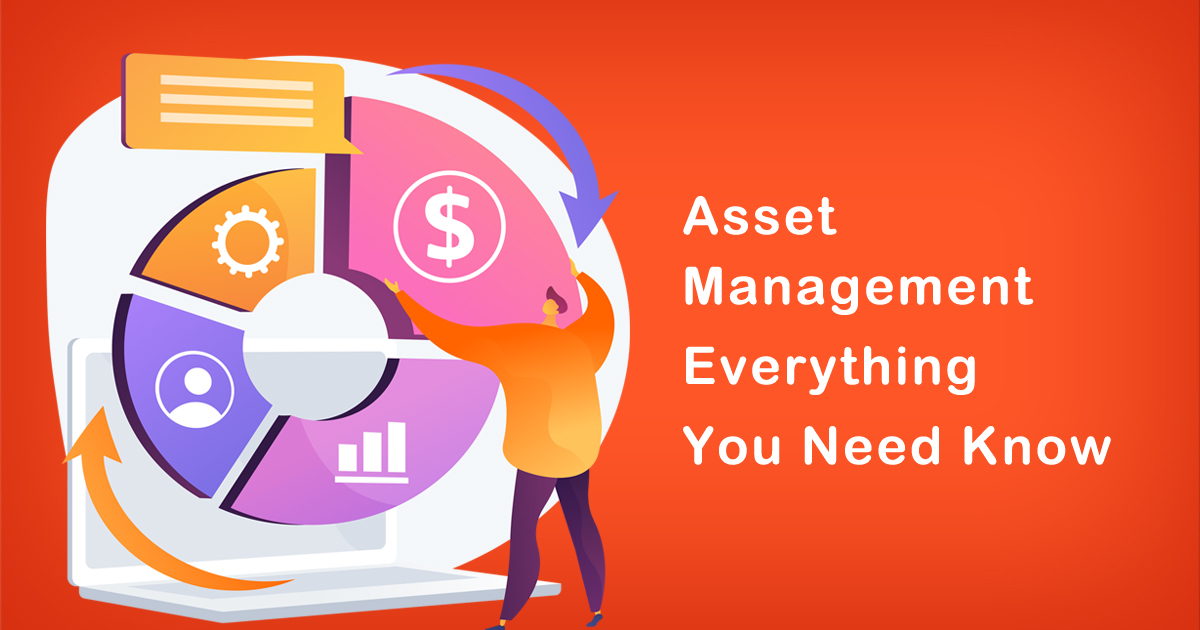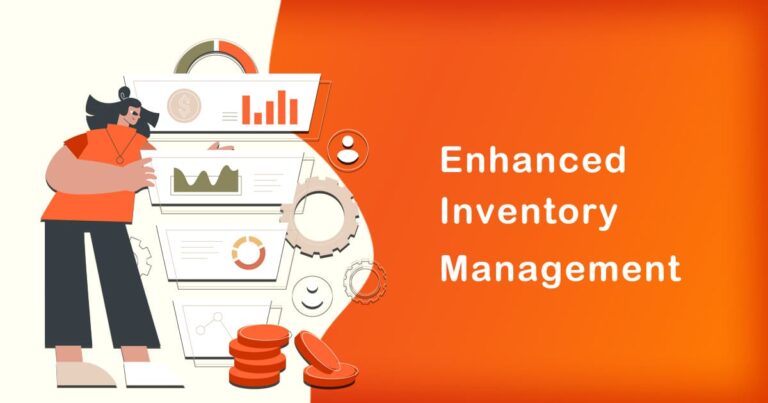Introduction
Asset management is a crucial aspect of business operations that is often overlooked, yet it can make or break the success of a company. As the name implies, asset management is the process of managing an organization’s assets to maximize their value and minimize the risks associated with them. This can include everything from physical assets like property and equipment to intangible assets like intellectual property and customer data. In this blog, we’ll explore everything you need to know about asset management, including its importance, key components, and benefits.
Importance of Asset Management
Asset management is essential for any business for several reasons. Firstly, it helps organizations make informed decisions about how to allocate their resources effectively. By knowing what assets they have, how they’re being used, and what their current value is, businesses can prioritize their investments and make better decisions about where to focus their efforts.
Secondly, asset management helps companies reduce risk by identifying potential issues before they become major problems. By monitoring their assets regularly, companies can identify issues like equipment failure or security vulnerabilities and take steps to address them before they cause significant harm.
Finally, asset management can help organizations achieve their strategic goals by aligning their assets with their business objectives. By understanding how their assets support their goals, companies can optimize their operations, reduce costs, and improve their overall performance.
Key Components of Asset Management
Asset management is a complex process that involves several key components. These include:
- Asset Identification: The first step in asset management is to identify all of the assets that a company owns. This includes everything from physical assets like property and equipment to intangible assets like patents and trademarks.
- Asset Tracking: Once assets have been identified, they need to be tracked to ensure that they’re being used effectively and efficiently. This can involve using tools like RFID tags or GPS tracking to monitor the location and condition of assets.
- Asset Maintenance: Regular maintenance is essential to ensure that assets remain in good working order and don’t pose a risk to employees or customers. This can include everything from routine inspections to more extensive repairs.
- Asset Depreciation: Assets lose value over time, and it’s essential to account for this depreciation in financial statements. By tracking depreciation, companies can ensure that their financial reports accurately reflect the value of their assets.
- Asset Disposal: When assets are no longer useful or have reached the end of their useful life, they need to be disposed of properly. This can involve selling them, donating them, or recycling them.
Benefits of Asset Management
Asset management offers several benefits to businesses, including:
- Increased Efficiency: By optimizing the use of assets, companies can improve their efficiency and reduce waste.
- Reduced Risk: By identifying and addressing potential issues early, companies can reduce their risk of costly downtime, accidents, and security breaches.
- Improved Decision Making: By having a clear picture of their assets, companies can make better decisions about where to allocate their resources and how to prioritize their investments.
- Enhanced Compliance: Asset management can help companies comply with regulatory requirements by ensuring that their assets are properly maintained, tracked, and disposed of.
Conclusion
Asset management is a critical aspect of business operations that can help organizations improve their efficiency, reduce risk, and achieve their strategic goals. By identifying their assets, tracking their use, and maintaining them properly, companies can optimize their operations, reduce costs, and improve their overall performance. As businesses continue to face new challenges and opportunities, asset management will only become more important, making it essential for organizations to invest in the necessary tools and processes to manage their assets effectively.








